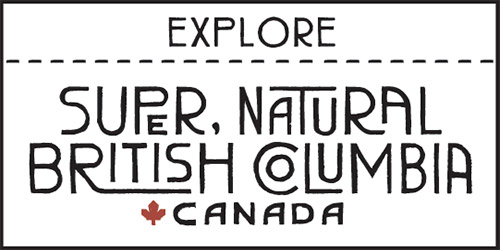History
A condensed history of the Nelson and Kootenay Lake region
Provided by The Nelson Museum, Archives & Gallery
First Nation people resided in the Nelson area more than 5000 years before European contact. Archaeological material collected along the shores of Kootenay Lake and Kootenay River reveal a continual history of occupation and human activity. With the implementation of the Canada-US border, traditional North-South aboriginal travel routes were restricted, a consequence that is still felt in local First Nation communities to this day.
The first European exploration of the West Kootenay was by David Thompson between 1807-1811, although he never saw the future site of Nelson. In 1826, William Kittson of the Hudson’s Bay Company recorded the first journey down Kootenay Lake’s west arm to the Columbia River. He was followed by Captain Palliser in 1858 and Edgar Dewdney in 1865.
Toad Mountain’s rich mineral deposits were discovered by Winslow and Osner Hall and their party from Colville, Washington, which led to the development of the Silver King Mine. Hundreds of prospectors were attracted to the future lakeshore townsite as it grew into a distribution centre for the mine. In 1889, “Nelson” was named after British Columbia’s Lieutenant-Governor, Hugh Nelson; and, by 1897, Nelson was incorporated as a city.
Under Mayor John “Truth” Houston, temporary wooden structures and modest cottages were gradually replaced with permanent stone and brick buildings, including substantial architecturally-designed homes and commercial facilities. The first City Council, noting the combustibility of wooden structures, quickly passed a by-law legislating stone or brick dividing walls between wooden buildings and requiring new structures to be of stone or brick construction. This legacy survives in Nelson’s abundant preserved heritage buildings.
By 1914, the “Queen City” was a Divisional Point for the Canadian Pacific Railway, Canada Customs, central Post Office and Supreme Court. The community boasted two high schools (public and private), a city-owned hydro electric plant on the Kootenay River at Bonnington, a waterfront sawmill, sash and door, mattress and box factories, a C.P.R shipyard and a number of boat works. Real estate agents enticed British immigrants to the area with propoganda that exaggerated the availability of land and the ease of establishing a fruit ranch in the Kootenay region. Community life was growing steadily as fraternal, national, community and scouting organizations flourished. Nelson was proud of its championship rowing, hockey, curling and “football”(soccer) teams while the Public Library, Opera House and numerous performing groups were also thriving.
Post-war Nelson expanded and by 1961 the City had annexed Rosemont and Upper Fairview. In 1950, Notre Dame College was established and with its charter in 1963, it became the province’s second university. Other city post-secondary institutions were also established including Kootenay School of Art and the B.C. Vocational School (later, Selkirk College). Education continues to thrive in Nelson with the Chinese Medicine School, the Kutenai Art Therapy Institute and (a new) Kootenay School of the Arts: Centre of Craft and Design.
Since 1990, Nelson has attracted many new residents who “live here and work everywhere” thanks to modern technology. Lifestyle and cultural opportunities have become important to many people and the cosmopolitan feel of the city is an additional incentive. More than ever, Nelson is “a town above all towns,” as envisioned over a century ago.
The Region
TRAVEL BOOK
Read our visitors guide online or order a copy of the official visitor's guide and map for our region.








